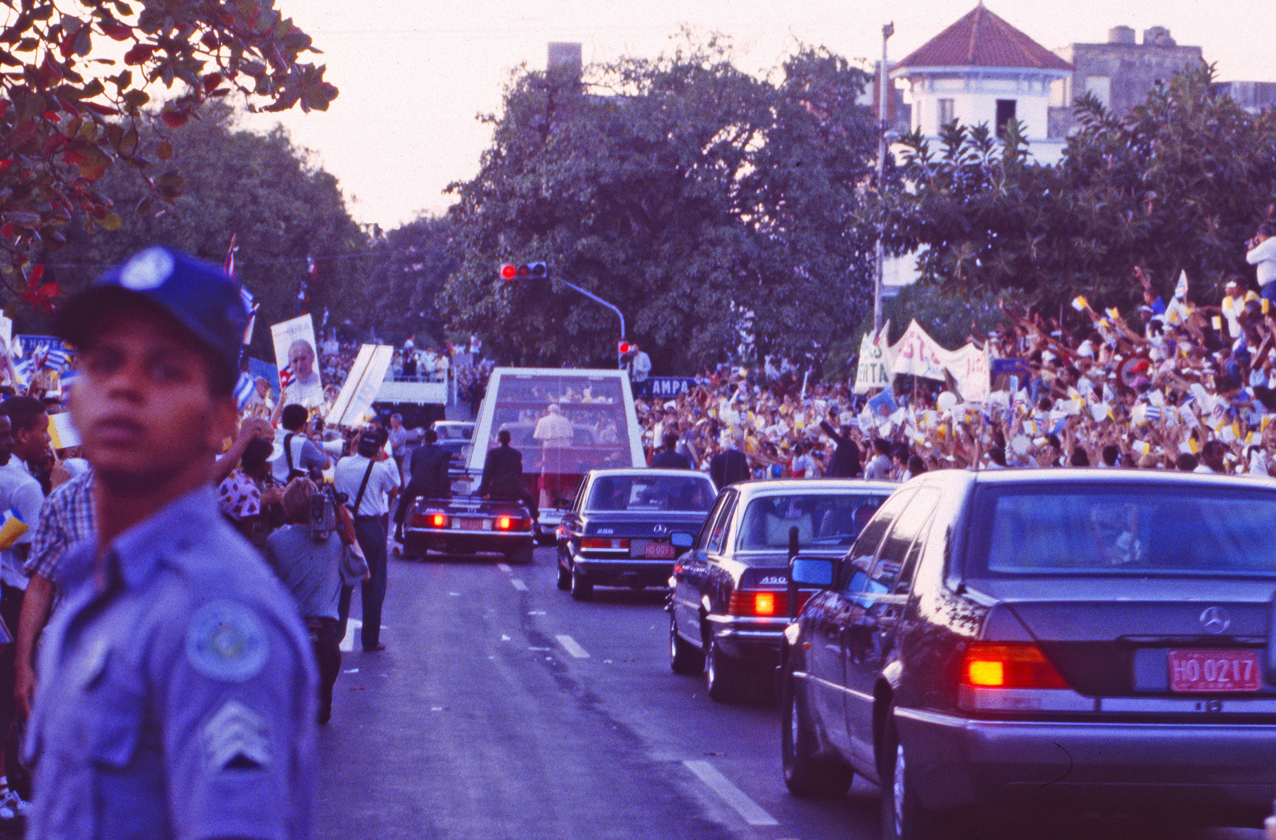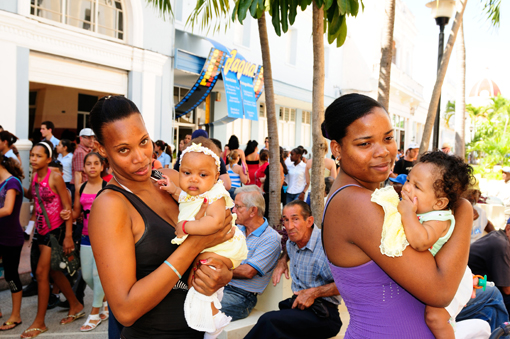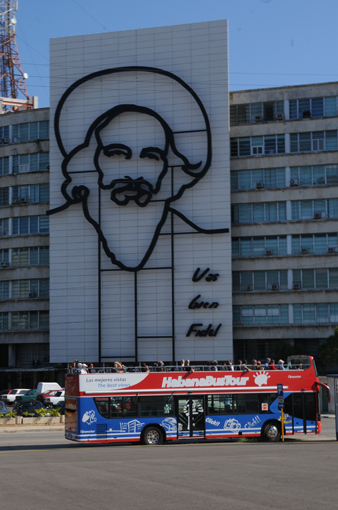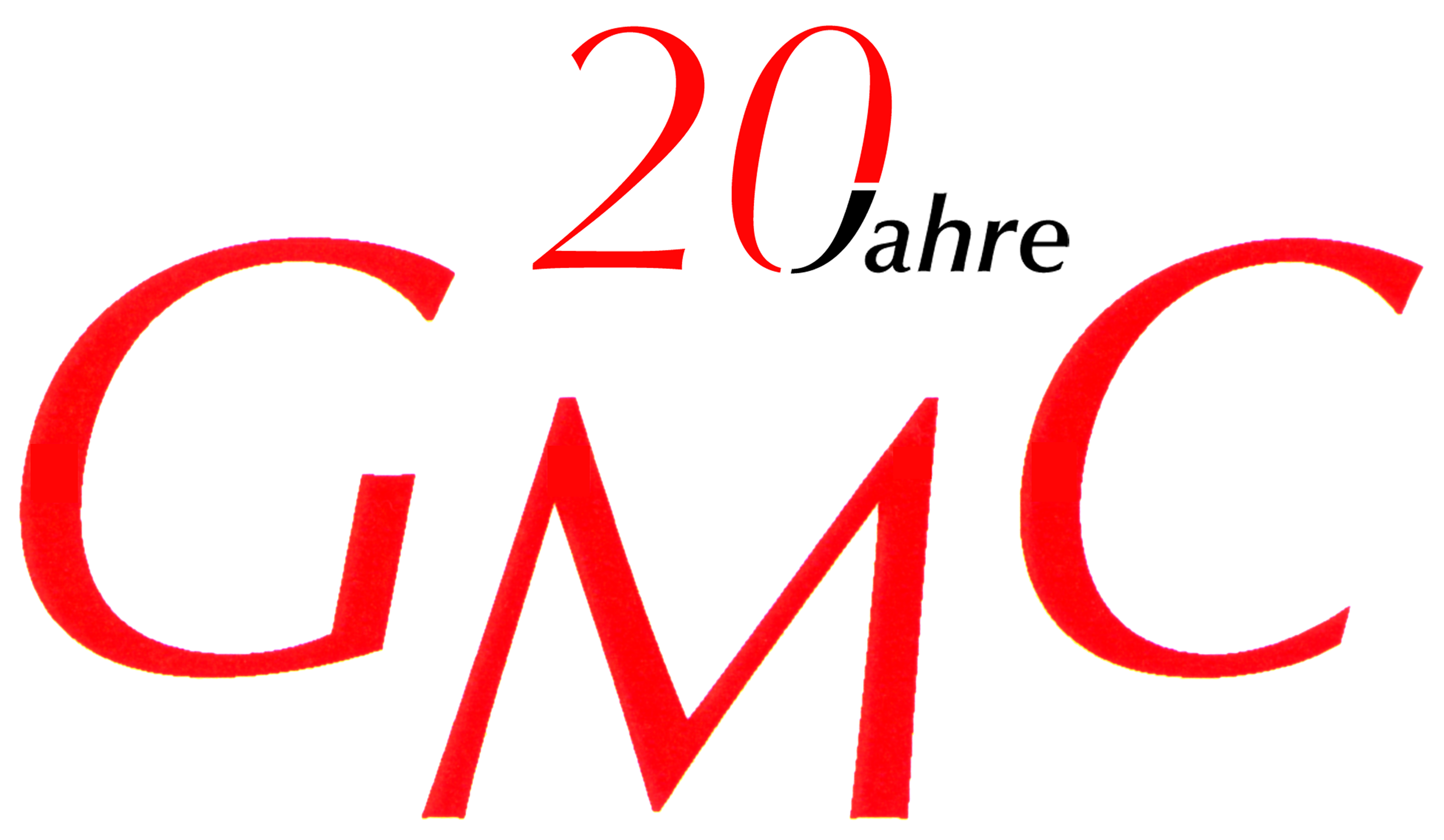
FOREWORD
The author, Gerd Michael Müller, born in Zürich in 1962, traveled as a photo-journalist to more than 50 nations and lived in seven countries, including in the underground in South Africa during apartheid. In the 80 years he was a political activist at the youth riots in Zürich. Then he was involved in pioneering Wildlife & eco projects in Southern Africa and humanitarian projects elsewhere in the world. As early as 1993, Müller reported on the global climate change and in 1999 he founded the «Tourism & Environment Forum Switzerland». Through his humanitarian missions he got to know Nelson Mandela, the Dalai Lama and other figures of light. His book is an exciting mixture of political thriller, crazy social stories and travel reports – the highlights of his adventurous, wild nomadic life for reportage photography .
(please note that translation corrections are still in progress and images will follow soon)
In 1993, when my daughter was just three months old, I flew to socialist Cuba with her and her mother, dressed in emergency diapers for a month. It was for a Swiss film project about Fidel Castro and Geraldine Chaplin was the door opener to the socialist rulers. It was the „Periodo especial en tiempo de paz“ (the time of emergency in peacetime) when Cuba, after the collapse of the Soviet Union and the fall of the Berlin Wall, was plunged into an extreme economic crisis and had to undergo a soft system change. Through „dollar liberalization“ in the socialist Caribbean paradise, in order to switch from the sugar economy to tourism, a revolution from the „socialist heart to the capitalist mind“ took place. The classless society was now split into two camps: Those with the green U.S. bills („fulanos“) and those with the worthless pesos, the „esperancejos,“ or hopefuls. Thus, the hunt for the „fula“ (bad money) has taken on Kafkaesque forms.
The change was marked by an unswerving determination not to give up the socialist achievements at any price. And yet, since the liberalization of the dollar, a dramatic, inexorable change in values has taken place. La Habana – the Latin American splendor of the 19th century presented a picture of monumental desolation. Entire neighborhoods were in danger of collapse, the Malecon was a mile-long, run-down colonial-style ensemble, and the decay of the old city was far advanced despite financial help from Unesco, which wanted to preserve, renovate or rebuild parts of the urban ensemble. The metropolis of two million was a conspicuous symbol of the fact that the country lay in ruins after the fall of the Wall and the withdrawal of the Soviets. The ramshackle ruins of the five-story colonial-style buildings were removed or pointed by hand, pillar by pillar, under life-threatening conditions until the building sections collapsed.
Just behind the time-honored witnesses of early colonial sugar aristocracy, between the magnificent neo-baroque Garcia Lorca Theater and Havana’s oldest hotel, the Inglaterra, lay the more popular everyday stage: the black market. Since economic aid and subsidized fuel supplies from the Soviet Union stopped, the mercado negro, where 85 percent of all goods are traded, has become Cuba’s main artery. Almost everything had to be imported at high cost, even the staple food rice. Export revenues fell from over eight billion in 1989 to barely two billion U.S. dollars within three years. Crude oil was only available in half that amount, the transportation system collapsed, the electricity supply functioned only on an hourly basis because the supply situation was precarious, the peso was worthless and the age of dollar apartheid had dawned.
„Our money is worthless and prices have increased tenfold in a short time,“ complains Ernesto Solano, a pensioner who had to get by on 80 pesos a month. Despite the miserable situation, he has not lost his sense of humor and sums up the predicament of the „Periodo especial en tiempo de paz“, which has now lasted two years, with a joke alluding to the slogans „luchan y resistan“ (fight and persevere) and „Long live the revolution – persevere compãgneros: A Cuban man comes home hungry and shouts to his wife to fry the fish he brought. „We have no oil,“ is her reply, „and no gas for cooking, nor water, nor a lemon.“ So the only thing left for the man to do is to resignedly throw the fish back into the sea, whereupon it happily cries out, „Long live the revolution.“
The state tourism organization „Cubanacan“ rounds up all the goods on the black market to offer them to tourists paying in dollars. Even the fresh fish did not end up on the plates of the starving population but in the tourist hotels in Havana. At that time, four-story department stores were empty – except for a few glass beads and plastic rings, a few cans, potatoes and a few agricultural products. At farmers‘ markets, people stood in line for hours for a few eggs. Electricity was rare, and entire neighborhoods were pitch black. „I had never seen such a shocking „standstill“ before“ 2020 Unfortunately, the drama repeated itself again after Venezuela’s collapse. Precisely for this reason, the propaganda machine of the socialist Castro regime probably ran at full speed to convince us journalists of the advantages of the socialist tourist paradise. The only convincing things were the „mojitos“ and the young, very pretty Cuban women, who turned out to be so-called „jineteras“, the „horsewomen of the night“, who crowded onto the tourist ship at the pier of Varadero to try their luck at misfortune, a little fun and distraction and were looking for a generous man.
„Cuba is now a socialism where capitalism does as it pleases,“ a Gran Ma newspaper vendor says to me. „Here, there is no longer a carrot without dollars“. Tourism is the new cash cow but a necessary evil for deserving socialists, but it will fuel envy among the people, said well-known Nueva Trova co-founder Sara Gonzales at the time. For many Cubans, tourism is a bitter pill, but the only one that will halfway ensure survival as long as the U.S. embargo against Cuba is not lifted. As an „embedded“ journalist, I had access to extraordinary people, like the founder of the Women’s Organization in the 60s. Then the famous oncologist Miranda Martinez, who showed me the revolutionary health system and also revealed its weaknesses, and a revolutionary of the first hour who fought side by side with Fidel Castro. Then I visited Ana-Fidelia Quirot (the Olympic long-distance wonder), who suffered the most severe burns in an explosion in her kitchen as a pregnant woman, losing her child by Sotomayor (the famous Cuban high jumper). She gave me an exclusive interview that TV stations had been waiting for in vain for a long time.
We penetrated the political power center thanks to Geraldine Chaplin, who was in Havana for this film about the „Cuban Stars“ with Swiss and Cuban filmmakers. At the interview in the hotel „El International“ where we were staying, my three-month-old daughter Aiala sat on Geraldine’s lap while I conducted the interview with her. Also otherwise it was completely uncomplicated to travel around with a baby in Cuba, because all Cuban women immediately pounced on Aiala and entertained her in the best and most caring way. For „Annabelle“, one of the leading women’s magazines in Switzerland, portraits of women from all Cuban social classes were planned. At the end, the sports journalist Marta G., who put together the whole program for us and who arranged the contacts with the women, asked for a presentation in front of the assembled Cuban press, radio and television, in which we were to report on the Swiss media landscape and journalism in Switzerland. A clever move on her part and a delicate task for us. After all, we wanted to contrast the freedom of the press, the diversity of the press and the political processes with the Cuban socialist one, without being arrogant or too critical of the system.
There was not much time to prepare this, and we thought carefully about what to say so as not to tread too firmly politically. It was a balancing act of conveying information with quiet critical tones at state censorship. I turned the presentation over to Roberta because she spoke better Spanish and because, after all, we had come to Cuba in the context of research on women figures and stories. Afterwards we were interviewed by radio journalists and just the next morning early, when we were standing in a mechanical women’s workshop (always with Aiala in the Snuggli with us) at 07.00 a.m., an interview was just beaming over the state station from our presentation and performance yesterday. This was perfect timing and again gained us a lot of sympathy and respect in the women’s workshop we were in. It was an exciting 30 days on Sugar Island, but also a distressing sight given the run-down state of the tropical island and the obvious hunger and abject poverty. There was very little tourism at that time. This soon changed when the Cubans relaxed the foreign exchange regulations and thus boosted tourism, which then became the main source of income for years.
Through Marta G., I also got to know Ana Fidelio Quirot, the middle-distance sprinter and Olympic champion at the World Championships in Barcelona and undefeated in 39 races until the day she was seriously injured by a kerosene explosion while standing pregnant in her kitchen and her child was delivered by Caesarean section by Javier Sotomayor, who, however, only briefly survived the tragic accident. The consequences were unmistakable. Third-degree burns on the once picture-perfect face of the Dior model, as well as scars on her arms and all over her upper body. And the beginning of an incredible ordeal with countless skin grafts and plastic surgery. Thanks to Marta, we also got to meet many other exciting personalities, such as a famous oncologist and a revolutionary who fought side by side with Fidel Castro, as well as the founder of the Cuban Women’s Association. All these contacts were planned, among other things, for an exclusive report in the women’s magazine „Annabelle“. But since the editor only wanted ten to fifteen lines of text about each of these exciting and historical people, I rejected it as too superficial and sold the stories to „Welt am Sonntag“ and a dozen other weekly and daily newspapers, and the exclusive interview with Ana Fidelio Quiro to the sports magazines.
Through the cooperation with some leading photo agencies in Europe and the emerging tourism in the socialist island state, I chartered a military helicopter on the second visit to take aerial photos of Varadero and that was an impressive thing to kneel unsecured at the open heli door of the Russian military helicopter and take photos. Also in the Domincan Republic and in the South Seas I had the luck and the possibility to fly around with helicopters. I was always very enthusiastic about that. My aviation heart was beating at a high frequency.
Then I met Swiss namesakes, a family from Winterthur, who had moved to Cuba with their two school-age children and were trying their luck here. The irony of the story is that both had previously worked in a bank, so had grown up capitalist, so to speak, and were now trying their luck in the socialist empire, according to the motto: „that money and prosperity were not synonymous with happiness and joie de vivre,“ as Margrit Goydke Müller, who grew up in Lucerne, recounts. Presumably the Müllers helped the regime at the time to set up the separate but overlapping currency system (pesos/dollars).
During another trip to Cuba, the Polish Pope Pontifatius Karol Józef Wojtyła, of all people, came to Cuba for a visit and drove his Papa-mobile through Havana’s streets and the Revolution Square, lined with a sea of people, not two meters past me. After all, I had already seen him from a privileged place in Warsaw back in 1986 when he returned to Poland. Then I traveled on to Santiago de Cuba and listened to his speech in the presence of Fidel Castro. And since the world is so small and full of surprises, the next day I saw the Buena Vista Social Band, world famous a few years later, playing under a tree.
The socialist Caribbean island attracted me again and again and thanks to the cooperation with the airline „AOM“ I flew over to the sugar island every two or three years between 1993 and the millennium and later lived with a Cuban family, an older couple, who lived in one of the highest skyscrapers at that time directly on the Malecon next to the legendary hotel „El International“. There I had a room with my own entrance as well as a connecting door to their apartment. This was perfect for socializing with the couple Claris and Nilo and my nightly escapades.
I bought a Chinese bicycle for 20 US dollars and rode crisscross through Old Havana. At that time, Cuba was not yet a crowded tourist paradise, which would subsequently change with the opening to tourism and the first tourist enclaves. On my last visit to Cuba in 2013, I saw the beginning of a tender glimmer of hope for the beleaguered Cubans who could now pursue self-employment under restrictive conditions and visited the first small private pousadas (guest rooms for tourists). It seemed as if „socio-capitalism“ was slowly taking off on the sugar island. Due to the tourism boom, Cuba was doing better for a while, however, the elite did not do their homework, but instead became dependent on Venezuela for energy, and when the price of oil plummeted, Cuba fell into chaos with Venezuela.
Due to Cuba’s dependence on Venezuela and its decline, which led to the fact that Cuba’s economy is up to its neck again in 2021, as tourism collapsed due to the Corona pandemic and thus also the most important source of foreign exchange next to the bubbling source of oil of the brother state dried up. Airports and ship terminals are completely deserted. The owners of private restaurants or accommodations are left empty-handed. Now the „traitors of socialism“ have no support from the state, and that is bitter sugar or tobacco for many Cubans. Since the cheap oil from socialist Venezuela dried up, the lights are going out again in Cuba, as in the early 1990s during the „special period.“ On top of that, Donald Trump has turned off the money spigot to the Cubans living in the Cuban enclave in the U.S., and financial aid from the U.S. has shrunk to half around three billion dollars. To add to the misery, the „Paris Club“ has also cut off its aid. Cuba has returned to where it was after the collapse of the Soviet Union. The socialist regime should now finally tackle far-reaching reforms, otherwise the regime and the Caribbean island are threatened with total collapse. The violent protests that recently flared up for the first time in decades show the plight of the communist island state.
The covid pandemic has exacerbated the crisis, because Cuba lives from tourism and this industry is one of the few foreign exchange earners. Thereby, Cuba would have an enormous potential, which is far from being exhausted and is not limited to Havana and the seaside resorts. In 2013, I made a hiking trip through the Alter do Chao National Park and through the tobacco region in Vinales. I found Trinidad and Santiago de Cuba particularly charming and impressive.


















